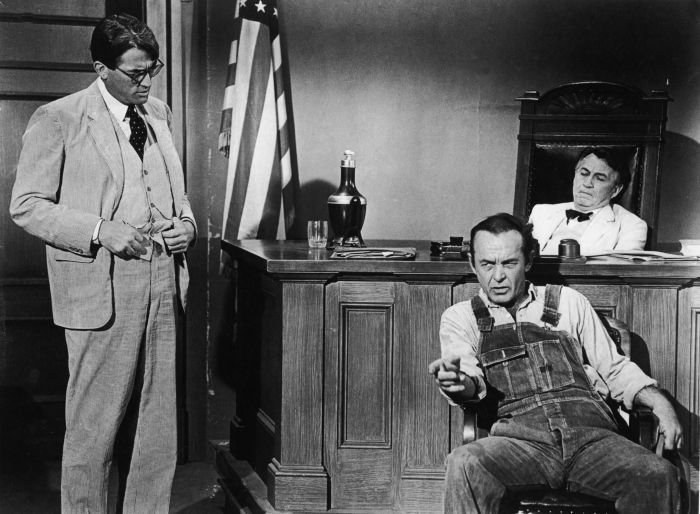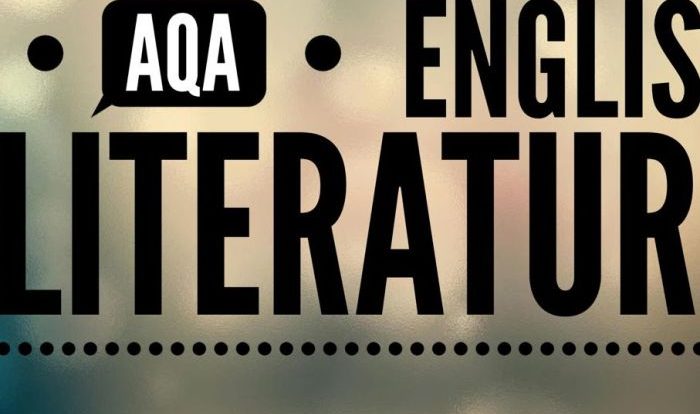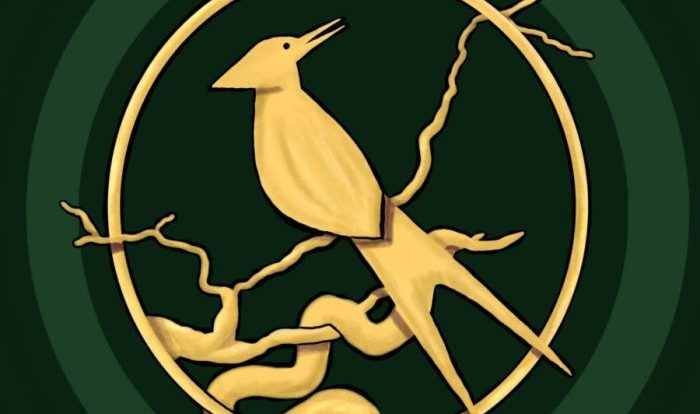As “Discussion Questions for To Kill a Mockingbird” takes center stage, this opening passage beckons readers into a world crafted with scholarly precision and authoritative tone, ensuring a reading experience that is both absorbing and distinctly original.
Harper Lee’s timeless masterpiece, To Kill a Mockingbird, has captivated generations of readers with its poignant exploration of themes, complex characters, and the social injustices of the American South. This comprehensive guide delves into the novel’s intricate tapestry, providing thought-provoking questions that illuminate its enduring relevance.
Themes and Motifs: Discussion Questions For To Kill A Mockingbird

Throughout the novel, the mockingbird serves as a potent symbol of innocence and vulnerability. Its senseless killing by Bob Ewell mirrors the injustices suffered by other innocent characters, particularly Tom Robinson.
Prejudice and racism are pervasive forces that shape the lives of characters in the novel. The trial of Tom Robinson exposes the deep-seated racial biases within the community and highlights the hypocrisy of those who claim to uphold justice.
The theme of innocence and its loss is central to the novel. Scout and Jem’s childhood innocence is shattered as they witness the harsh realities of prejudice and injustice. Atticus Finch’s unwavering belief in justice serves as a beacon of hope amidst the darkness.
Character Development
Atticus Finch embodies the qualities of a moral compass. His unwavering integrity and belief in justice guide his actions, even when they put him at odds with the community.
Scout Finch undergoes a significant transformation throughout the novel. Initially a tomboyish and impulsive child, she gradually develops a deep understanding of the complexities of human nature.
Boo Radley and Tom Robinson share similarities as outsiders who are misunderstood and persecuted by society. However, Boo’s isolation and Tom’s tragic death highlight the stark differences in their fates.
Historical and Social Context
The novel is set in the American South during the Jim Crow era. The historical context influences the characters’ experiences and shapes the social and cultural norms depicted in the story.
The trial of Tom Robinson exposes the racial tensions and injustices prevalent in the American South during this period. The jury’s decision to convict Tom despite overwhelming evidence of his innocence underscores the systemic racism that permeates society.
Narrative Structure and Style
The novel employs multiple narrators and perspectives, providing a multifaceted account of events. Scout’s childhood perspective offers a unique and often naive viewpoint, while Atticus’s more mature perspective provides a broader understanding of the story.
The use of flashbacks and foreshadowing enhances the narrative’s suspense and depth. Flashbacks illuminate the characters’ past experiences, while foreshadowing hints at future events.
The author’s vivid and evocative language creates a memorable and immersive narrative. The use of imagery and symbolism enriches the story and conveys complex themes and emotions.
Ethical and Moral Dilemmas, Discussion questions for to kill a mockingbird
The novel presents characters with ethical dilemmas that test their beliefs and values. Atticus’s decision to defend Tom Robinson despite the potential backlash demonstrates his commitment to justice.
The consequences of making moral choices in the face of social pressure are explored through the characters’ actions. Scout’s decision to befriend Boo Radley defies societal norms and ultimately leads to a deeper understanding of his character.
Empathy and compassion play a crucial role in shaping the characters’ actions. Scout’s ability to see the world from different perspectives allows her to develop a profound understanding of others.
FAQ
What is the significance of the mockingbird as a symbol in the novel?
The mockingbird represents innocence, vulnerability, and the beauty of nature. Its destruction symbolizes the loss of innocence and the tragic consequences of prejudice.
How does the novel explore the theme of prejudice and racism?
The novel vividly portrays the pervasive racism and prejudice of the American South, examining its impact on individuals and the community as a whole.
What is the role of Atticus Finch as a moral compass in the story?
Atticus Finch serves as a beacon of integrity, justice, and compassion, guiding the characters and readers alike through the moral complexities of the novel.

